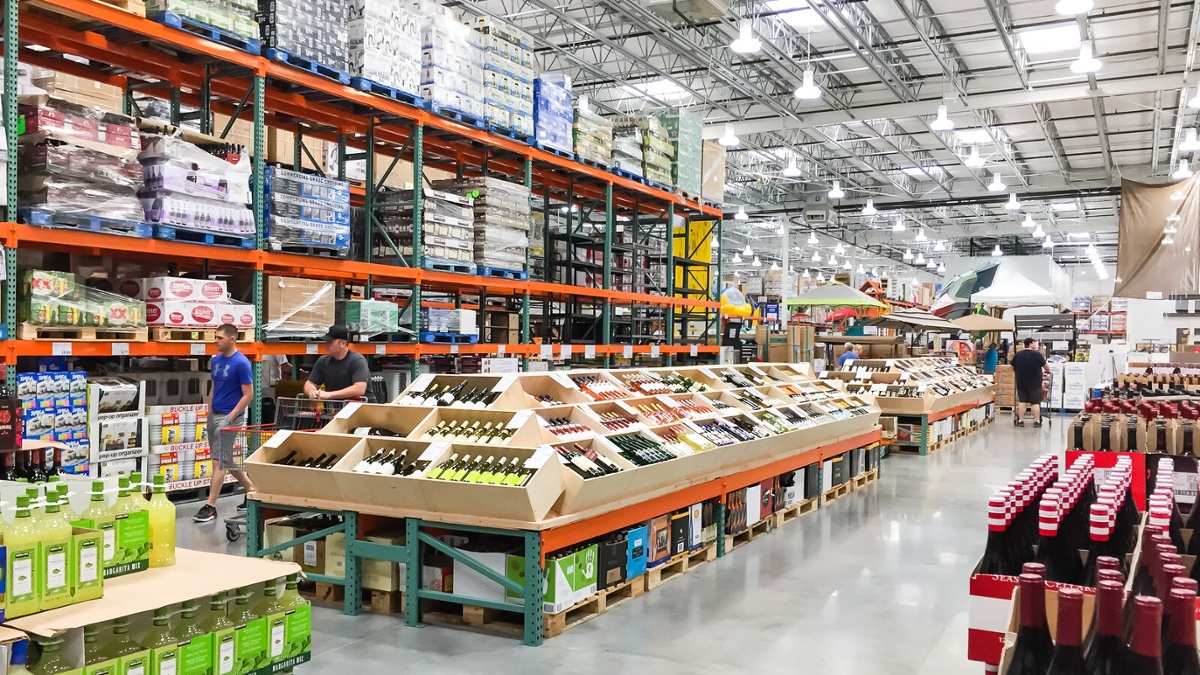How Digital is Re-Inspiring the Convenience Store — and Redefining Convenience (Again)
Since surging to popularity in the 1950s, convenience stores have played a significant role in shaping the face of modern American commerce and culture. The C-store was a place on the corner where you could pop in and pick up a snack and cold drink if you were hungry or thirsty. It was where you hung out as teenagers. If you were out of milk or diapers or needed to fill your gas tank, it was on the way home from work. The C-store became the epitome — indeed the center — of a new convenience culture.
Over the years, however, the customer experience suffered significantly, and as time went on, other retailers began adopting convenience-oriented features and incorporating them into their own offerings. Suddenly, convenience was everywhere, offering consumers numerous options and luring them away from convenience stores. To stay competitive, the C-store had to not only reduce margins to remain profitable, but reimagine itself by redefining what it means to experience convenience to re-inspire customers to return. Today, digital technology is at the forefront of this redefinition, revolutionizing the C-store and pushing the boundaries of what it means to be truly convenient.
The typical C-store experience: aging and stuck in the past
The convenience store became embedded into the very fabric of American life. Still, over time, the service and facilities slumped to the point where, eventually, stopping by for milk and gas was no longer a convenient nor pleasant experience at all. Let's step back about a decade and immerse ourselves in the experience of Ruth, a customer walking into an older convenience store. Ruth likes to support her local shops when she can, and this C-store is right in the neighborhood and has been around as long as she can remember.
As Ruth turned into the drive, she avoided the potholes in the parking lot, noting the worn-out exterior, with peeling paint and a flickering neon sign that read "Corner Stop." Stacks of firewood, cases of water, and posters from outdated promotions obstructed the view through the store windows, making it difficult for her to see what lay beyond.
Stepping inside, she avoided the orange cone warning her the wet, well-worn floor was slippery. The dim fluorescent lighting created a rather gloomy ambiance, casting shadows over cluttered dusty shelves where neglected merchandise was carelessly arranged. It was a challenge for Ruth to find the aspirin she needed amidst the seemingly randomly placed (or misplaced) items. There was only one person behind the counter — either reading a magazine or disinterested — so there was no one to ask for help finding it, and certainly nothing in the way of signage to point her in the right direction.
As Ruth picked her way toward the checkout counter, she noticed a random hose snaking along the floor, seemingly forgotten in the chaos. An overflowing smelly trashcan at the counter added to her mounting dissatisfaction — and even sadness — over the store's condition.
Ruth thought it was nothing like the store when she remembered when she was younger. Where had that sense of convenience gone? She considered whether the supermarket a few miles away might be a better choice next time.
The C-store faces tough new competition: convenience is everywhere
Sadly, Ruth’s experience marked many a corner C-store not so many years ago, maybe not in every detail, but it's not that far off the mark. And as customers became less and less enchanted with such experiences, other retailers saw an opportunity and began offering convenience features of their own.
Grocery stores, pharmacies, and even shipping centers like FedEx embraced the concept, providing consumers quick in-and-out convenience in newer, better-kept facilities. Suddenly, convenience was available anywhere and everywhere, from local grocery stores with grab-and-go sections to FedEx offices offering sodas, sandwiches, chips, and fresh fruit. And many of them offer gas, too.
While Ruth may feel nostalgic and still want to support her local shops, if she can find convenience and cleaner, brighter, better-stocked shelves elsewhere — even if it isn’t right around the corner — she can and will go there.
Suddenly, faced with the threat of massive competition, the C-store industry had to find ways to redefine convenience once again and re-inspire customers to return. So now, the people owning the real estate and running the convenience store/gas station facilities are forced to make different decisions because they have no choice. Otherwise, they're going to be left behind.
The impact of digital technologies on the modern convenience store
Now, let's shift to the present and explore the experience of Ken as he visits a modern convenience store, not unlike one of the hundreds of 7-Eleven locations where Creative Realities has helped the chain transform its customer and operator experiences.
The convenience store landscape has undergone a remarkable transformation thanks to digital technologies. As Ken approaches the store, it beckons him to enter. He is greeted by bright, well-lit surroundings that immediately capture his attention. The store's exterior showcases sleek digital signage, displaying eye-catching promotions and enticing offers.
Upon entering, all of Ken's senses are stimulated. The aroma of fresh bread baking for the sub sandwiches permeates the air, creating a welcoming (and very appetizing) ambiance. Digital menu boards above the coffee bar showcase enticing images of steaming cups of java, accompanied by prices and special promotions. QR codes on the counter catch Ken's eye, offering the option of mobile checkout with a simple scan. This seamless experience eliminates the need to engage with store associates, providing a frictionless transaction process.
Digital screens are strategically positioned throughout the store, engaging Ken with dynamic content that changes regularly. He appreciates the convenience of signage and shelf tags with prices and descriptions, which make it pleasant and easy to find what he came in for. The digital elements improve the store's aesthetics and convey a sense of modernity, assuring customers that the store is committed to their satisfaction.
As Ken proceeds to the checkout counter, he takes advantage of mobile checkout using the 7-Eleven app. Scanning the QR code, he reviews his cart and completes the transaction on his smartphone. The digital receipt is instantly sent to his phone, eliminating the need for paper receipts and providing a convenient record of his purchase.
Delivering the next level of convenience with digital technology
The convenience store industry has come a long way since the 1950s. However, Ruth's experience in the older store highlights the need for this segment to adapt and re-inspire its customers in the face of growing competition from other retailers. As a result, many convenience stores like 7-Eleven are responding by embracing digital technology to revolutionize the convenience store experience.
Digital advancements such as mobile ordering, digital signage, and mobile checkout are redefining convenience in an age where businesses of all types are trying to make their mark. As other retailers incorporate convenience-oriented features, C-stores have had to elevate their game to provide customers with an exceptional experience. Through digital innovation, they are once again pushing the boundaries of what it means to be truly convenient.
Convenience no longer starts and ends within the confines of a physical store. It begins before customers arrive, continues throughout their visit, and even extends beyond their departure. The integration of digital technology ensures that convenience is accessible to customers wherever they go, transforming the retail landscape and revolutionizing how we perceive and engage with convenience.
Today, the most successful C-stores remain at the forefront of delivering the “new” convenience, adapting to consumers' changing demands and expectations. By embracing digital technology, convenience stores will again play a key role in shaping our culture, continually defining and redefining the very meaning of convenience. And, with the right digital technologies, Ruth and Ken can again feel good about supporting their community’s nearby “corner store.”
Share this
You May Also Like
These Related Stories

A Powerful Step Forward for Personalization and Convenience in QSR Menu Displays

Digital Transformation at a Retailer Near You

